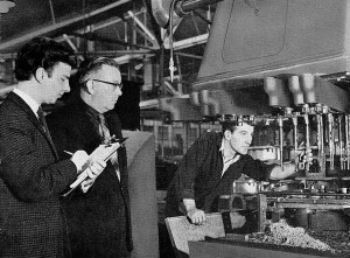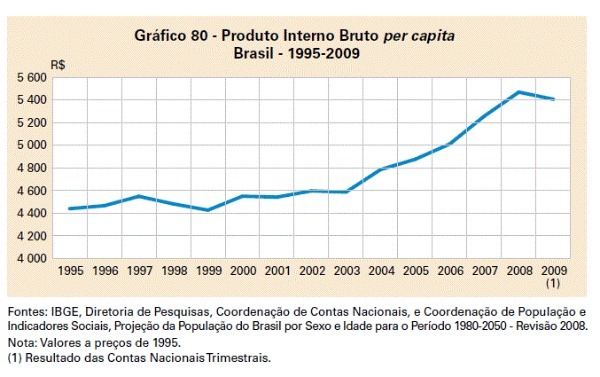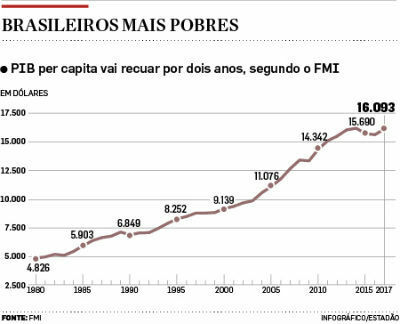O Taylorism is a work management system based on several techniques for the optimal use of hired labor.
It was developed at the beginning of the 19th century, based on studies on the movements of man and machine in industrial production processes.
Features
Taylorism emphasizes the operational efficiency of the tasks performed, in which it seeks to extract the best performance from each employee.
Therefore, it is a work rationalization system conceived in a scientific way. In this way, every aspect of the work must be studied and developed scientifically.
Thus, with the analysis of production processes, it was possible to improve the working capacity of the workers. The focus was to save as much as possible in terms of productive effort.

It should be noted that Taylorism is not concerned with technological innovations, but with the possibilities of controlling the production line.
Through continuous standardization, through the establishment of a supervision and control system, man ended up being transformed into a part of the machine. However, it was this that gave rise to working conditions capable of increasing productivity and profit.
Frederick Taylor and Taylorism
The term Taylorism refers to the North American engineer Frederick Taylor (1856-1915), considered one of the founders of Scientific Administration.
Indeed, Taylor was a pioneer in developing a management model in which the company is considered from a scientific point of view.
Taylor became interested in this type of management when he was still a machine operator at "Midvale Steel" in Philadelphia, where he began his research.
Based on observation of the working methods of the workers, he found that, under a controlled work rhythm, the workers were much more productive.
Taylor later graduated as a mechanical engineer in 1885 and in 1906 became President of the "American Society of Mechanical Engineering". His ideas would definitely influence the Second Industrial Revolution.
His most important works are: "A Piece Price System" (1895); "Workshop Administration" (1903); and "Principles of Scientific Management" (1911), his masterpiece.
Taylorism Innovations
Taylorism basically employs five principles, namely:
- replacement of experience-based methods with scientifically tested methodologies;
- selection and rigorous training of workers, in order to discover their best skills, which must be continually improved;
- continuous supervision of work;
- disciplined execution of tasks, in order to avoid waste;
- fractionation of work on the assembly line to single out the productive functions of each worker, thus reducing their autonomy.

In addition, Taylor is attributed:
- the study of methodologies to avoid worker fatigue,
- the wage incentive proportional to productivity, with performance awards,
- the hierarchization of the production chain, which distances manual work from intellectual work and guarantees the management, holder of general knowledge of production, control over workers.
Taylor's ideas inspired entrepreneurs like Henry Ford to create an assembly line method that would be named Fordism .
Taylorism and Fordism
Taylor's ideas directly inspired Henry Ford to improve his car production.
Taylorism is not a productive model but a theoretical analysis of work organization and administration. Thus, the entrepreneur could reduce costs and maximize profits.
On the other hand, Ford and other entrepreneurs will take these ideas to their factories and make production more efficient with the specialization of work.
Criticism of Taylorism
Taylorism suffers some criticism, considering that, in seeking the maximum use of the productive force, ends up ignoring certain basic needs of workers, who start to feel exploited and dissatisfied.
Consequently, these workers come to be seen as disposable pieces of the system, and this generated workers' opposition to the application of Taylorism.
Read more:
- Toyotism
- Volvisism
- Industry


